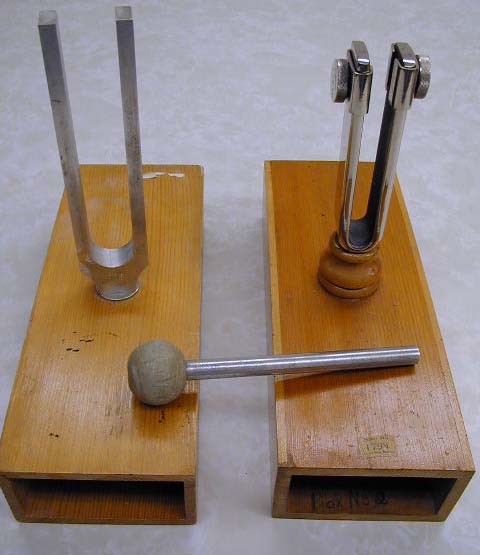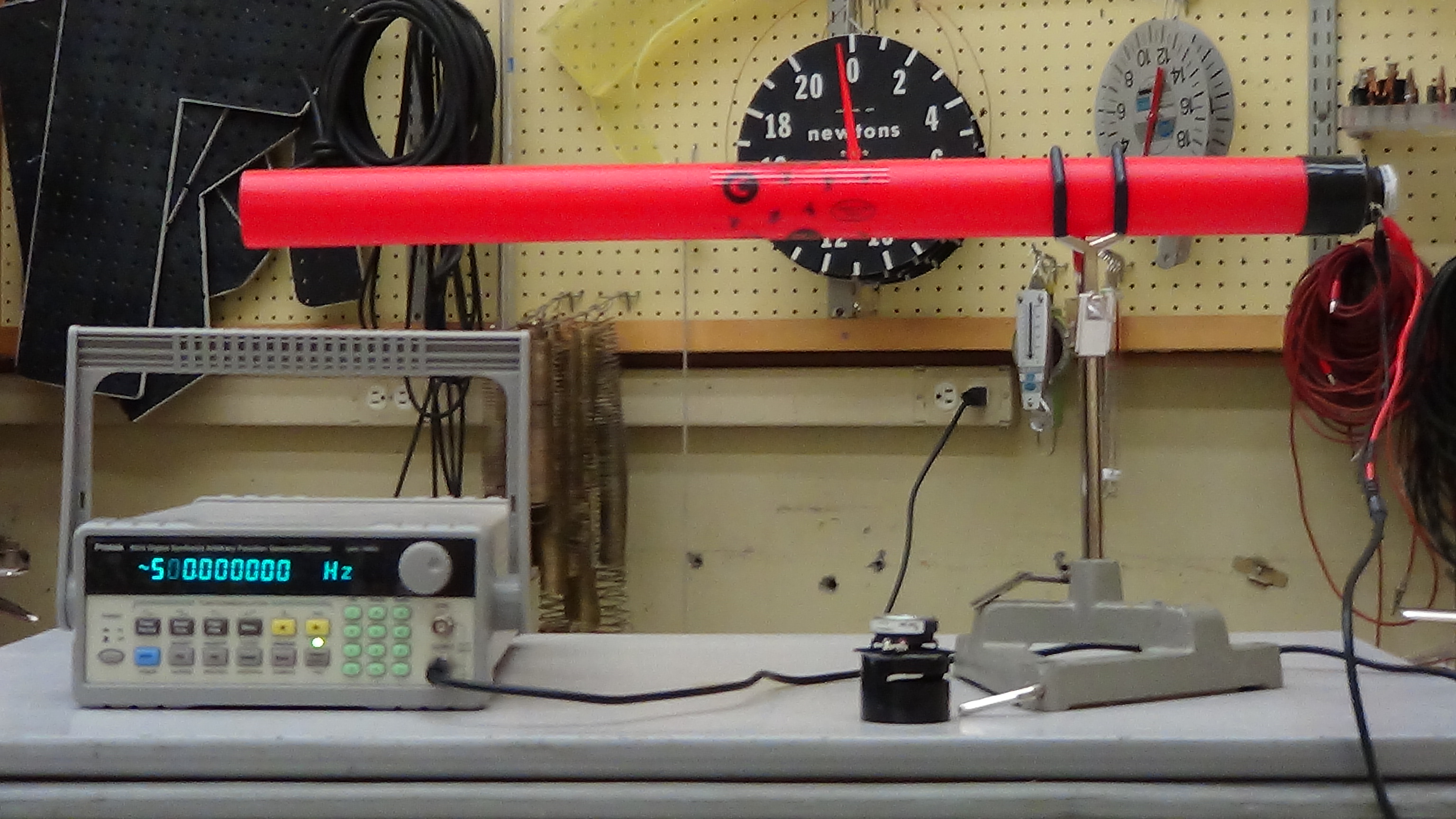View Order
Waves and Oscillations
Go back.| 3C 20.20 - Differential & Sympathetic Tuning Fork Set | ||

|
|
|
| 3C 20.40 - Boomwhacker Resonance | ||

|
|
|
| 3C 40.10 - Lecture Hall Acoustics | ||

|
|
|
| 3C 50.10 - Introduction to Sound | ||

|
|
|
| 3C 50.20 - Sound Meters | ||

|
|
|
| 3C 70.10 - Pith Ball Resonance | ||

|
|
|
| 3C 70.20 - Crystal Singing Bowl | ||

|
|
|